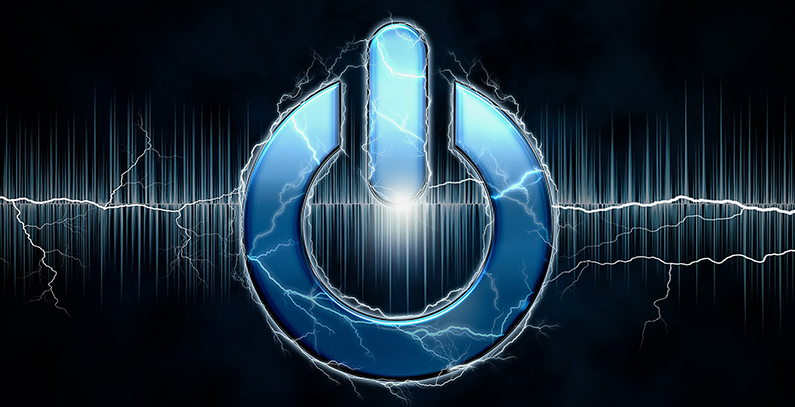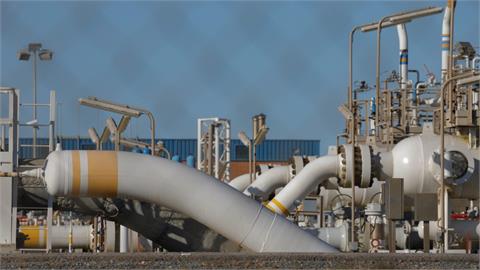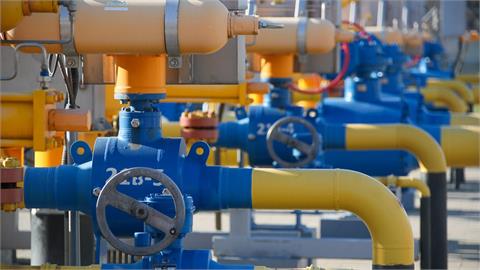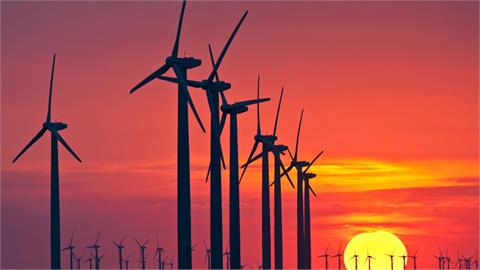In May 2019, the Croatian Government proposed a new national Energy Strategy to run until 2030, including an overview to run to 2050. The proposal is currently under public review.
Author: Marija Mušec, Partner at Law Firm Bardek, Lisac,
Mušec, Skoko d.o.o. in cooperation with CMS
Reich-Rohrwig Hainz Rechtsanwälte GmbH
In May 2019, the Croatian Government proposed a new national Energy Strategy to run until 2030, including an overview to run to 2050. The proposal is currently under public review.
The Energy Strategy foresees three scenarios:
- S0, a scenario with no further adjustments of measures, or changes to the regulatory framework;
- S1, a scenario of fast energy transition in Croatia and the EU;
- S2, a scenario of energy transition at an average pace in Croatia.
Future of Electric Energy in Croatia
a) Electricity Consumption:
It is believed that Croatian overall energy consumption reached its peak in 2010: it has slowly decreased since then and in the period up to 2050, it is expected to continue to decline. This reduction is partially due to the decreasing population, but also because more efficient technologies are being incorporated in common consumer products, building energy efficiency and industry. In the next ten years, the overall consumption of energy is expected to reduce by 1% in S2, and by 5% in S1. The overall consumption of energy is expected to be drastically reduced by 2050, by 17% in S2, and by 26% in S1.
Changes are also expected in the composition of overall energy consumption. Renewable energy sources are expected to increase their share of the overall consumption by 10% by 2030 in S2 (from 21.8% in 2017 to 31.5% in 2030), and by a further 15% by 2050 (from 31.5% in 2030 to 46.3% in 2050). The S1 midterm predictions remain the same (31.5% in 2030), but long term, it predicts a far greater share of renewable energy sources in overall consumption – rising to 56.2% in 2050.
b) Electricity Production:
In the period from 2017 to 2030, S2 predicts an increase from 11,983.5 GWh to 16,637.9 GWh. S1 for the same period predicts an increase from 11,983.5 GWh to 17,495.2 GWh. In the period from 2030 to 2050, S2 predicts an increase to 25,546.7 GWh, and S1, to 29,537.8 GWh.
Production composition is also expected to change with renewable energy sources increasing their share. In S2, by 2030 wind power is expected to account for 21.3% of the produced power (an increase from 0.9% in 2010), solar power for 6,1% (an increase from 0% in 2010), geothermal power 0.8% (up from 0%) and hydroelectric power production will decrease its share of overall production to 44% (compared to 62% in 2010). By 2050, the renewable energy sources will account for 79% of the overall produced energy. All the non-renewable power sources are expected to decrease their production. This includes thermoelectric power production, public cogeneration, and industrial cogeneration. The combined share of such power sources will decrease from 37.1% in 2010, to 27.8% in 2030 and to 21% in 2050.
S1 predicts a more drastic change. By 2030 renewable energy will account for 75.1%, and by 2050, 87.7% of the overall produced energy.
Electric Energy Market
The new Strategy aims to strengthen the energy market and to integrate it completely in the EU and international energy market.
Regulatory activities are to be steered towards simplifying market access and allowing equal and non-discriminatory access to the grid infrastructure. The flexibility of the electricity market should be increased. Grid interconnection with neighboring states, especially the EU member states, is an important factor in achieving these goals as interconnection assures that daily volatility of the local market does not endanger electricity supply. Regulatory services should be made easily accessible by the market participants under the market criteria providing them with a tool to respond promptly to imbalances in the electric energy market.
Advanced electricity meters should increase the flexibility of retail electricity market, and end-users’ participation in it.
Future of Renewable Energy Systems in Croatia
The Strategy envisages a steady decrease of renewable incentives in Croatia, as the bankability and financial viability of such projects increase. The end goal is to reach a point where incentives will no longer be necessary for the financial viability of renewable energy projects. To support the financial viability of renewable energy projects, the Strategy suggests:
- Simplifying administrative procedures and eliminating administrative barriers;
- Strengthening the stability of the legal framework and business conditions, including those for already completed projects;
- Unburdening renewable energy projects from a portion of taxes and levies;
- Organizing and developing the necessary infrastructure;
- Ensuring coherent activity and coordinating different policy areas;
- Creating guidelines and recommendations for widespread implementation, applying best practices, setting technical regulations, norms and technologies when implementing renewable energy projects in urban areas.
- We expect the building permit issuance procedures to be simplified with the aim of becoming more cost and time effective. The government, government agencies, and local and regional governments are expected to contribute to projects’ development by preparing the studies and documentation necessary for the investors to initiate their business undertakings.
Relieving renewable energy projects from a portion of taxes and levies will replace the incentives that are expected to be gradually eliminated in the Strategy period.
Although the Strategy does mention the need to increase the flexibility of the electric energy market it is silent on the regulatory measures. Simplifying market and grid access is necessary, yet seems insufficient to achieve the proclaimed goal of strengthening the energy market and its complete integration into the EU and international energy market. Allowing for corporate power purchasing agreements (CPPA) seems to mark a further step towards developing the energy market. Unfortunately, the Strategy fails to address the need for such agreements.
(read the article by Balcan Green Energy News: https://balkangreenenergynews.com/new-croatian-energy-strategy-and-electric-energy-market/)




